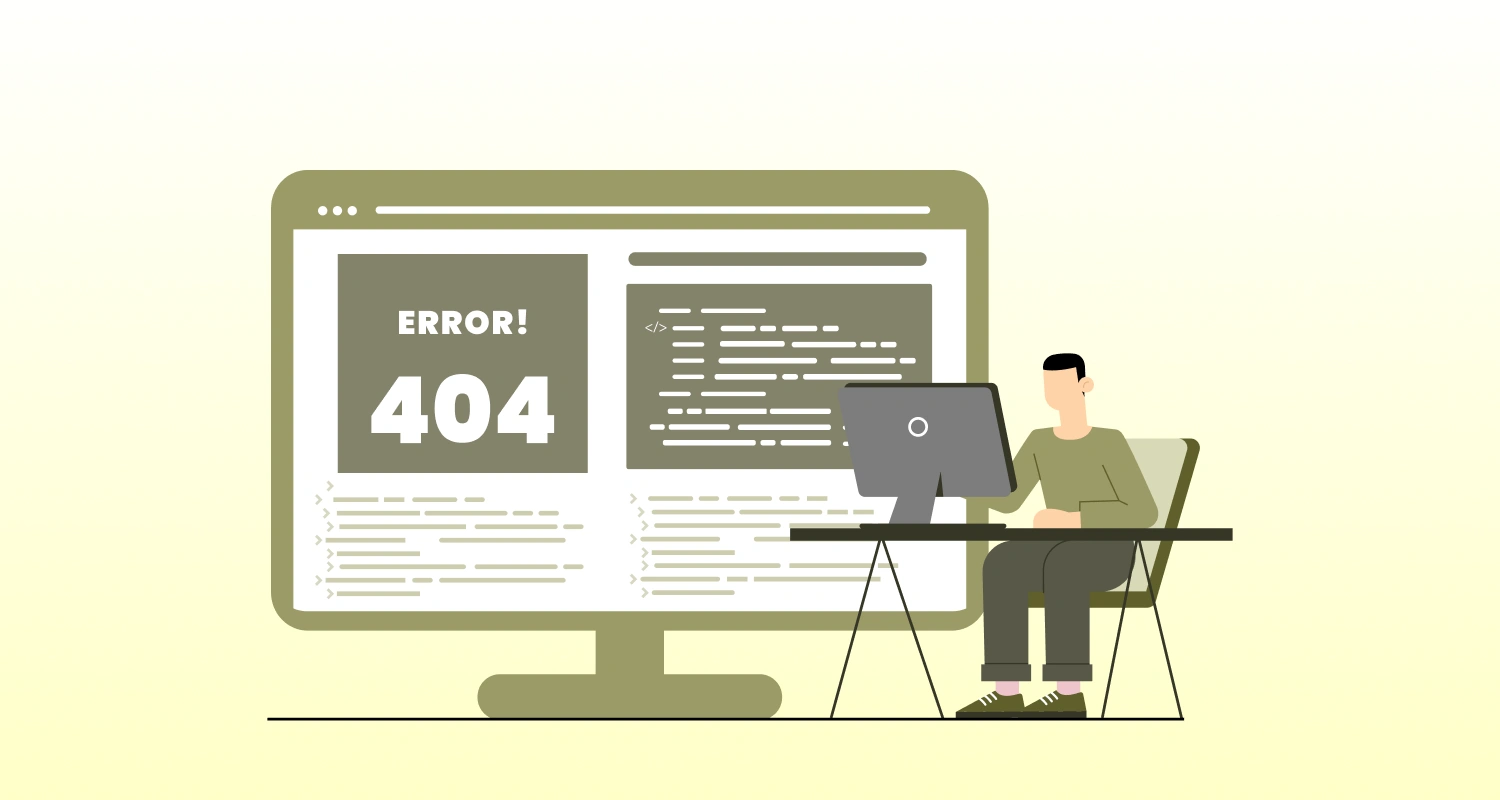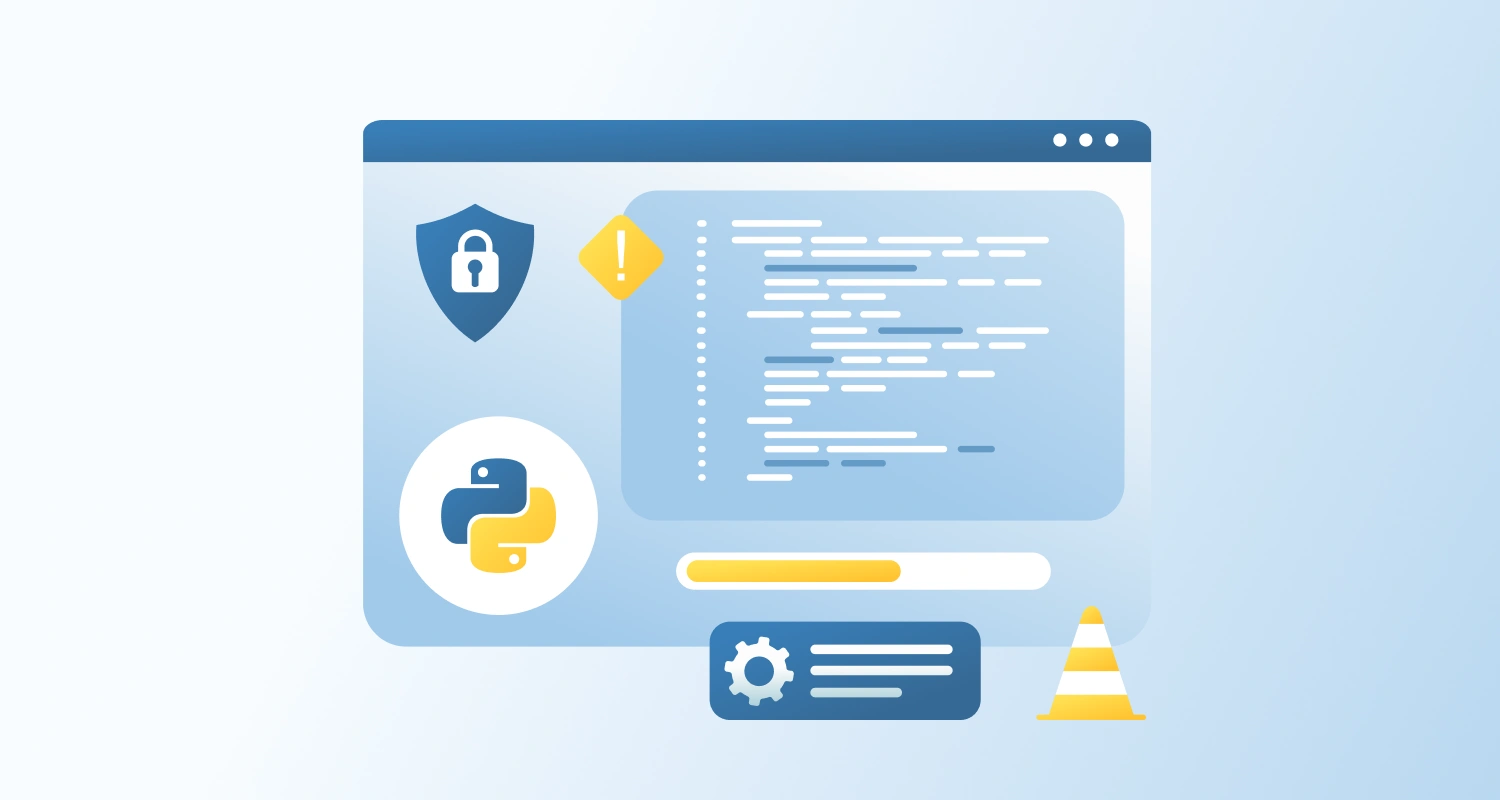Sanitizing and validating user input are two distinct but equally essential steps in securing a WordPress website. Though often confused, they serve different purposes and complement each other to ensure your site is both safe and functions as intended.
What’s the Difference between Sanitized and Validated User Input?
Sanitization
Sanitization means cleaning the input to ensure it’s safe for processing or storage. It often removes, escapes, or encodes unwanted or potentially dangerous characters.
For example, it would strip HTML tags or encode special characters to prevent script injection.
Validation
Validation means checking if the input is what you expected — such as a valid email format, numeric value, or specific length.
For instance, verifying that a submitted email is formatted correctly or that an age is within an acceptable range.
Why Are Both Needed?
Using only one of the two is not enough:
- Sanitization protects against output-related issues like XSS (Cross-Site Scripting) but doesn’t confirm the input is correct.
- Validation ensures the logic and rules of your application work correctly but doesn’t clean malicious input.
Without both:
- You might store or display corrupt or harmful data.
- Your application logic could break or be exploited.
Real-World Example: User Registration
Imagine a user registration form that asks for:
- Username
- Age
Without Sanitization or Validation:
$username = $_POST['username'];
$age = $_POST['age'];
$email = $_POST['email'];A malicious user could inject:
<script>alert("XSS")</script>into any field, risking your site’s security.
With Proper Sanitization and Validation:
$username = sanitize_user($_POST['username']);
$age = intval($_POST['age']);
$email = sanitize_email($_POST['email']);
if (!is_email($email)) { wp_die('Invalid email format.');
}
if ($age < 13 || $age > 120) wp_die('Age must be between 13 and 120.');
}- sanitize_user() ensures the username contains only valid characters.
- sanitize_email() removes unsafe characters.
- is_email() checks for a valid email format.
- intval() converts the value to an integer for safe use.
WordPress Built-in Functions
| Purpose | Function |
| Sanitize text | sanitize_text_field() |
| Sanitize email | sanitize_email() |
| Sanitize URL | esc_url() |
| Validate email | is_email() |
| Validate user | username_exists() |
| Convert to int | intval() |
Common Mistakes
- Only validate: Valid input may still contain dangerous characters (e.g., embedded scripts).
- Only sanitize: Clean input may still be logically invalid (e.g., age = 500).
- Wrong order: Sanitizing before validating can cause false validation failures or pass incorrect data.
Best Practice Summary
To handle user input securely in WordPress:
- Validate first: Make sure the data is the correct type and structure.
- Sanitize before storing or displaying: Ensure it cannot harm your database or front-end.
Always combine both to ensure both security and functional correctness.





